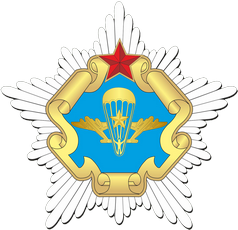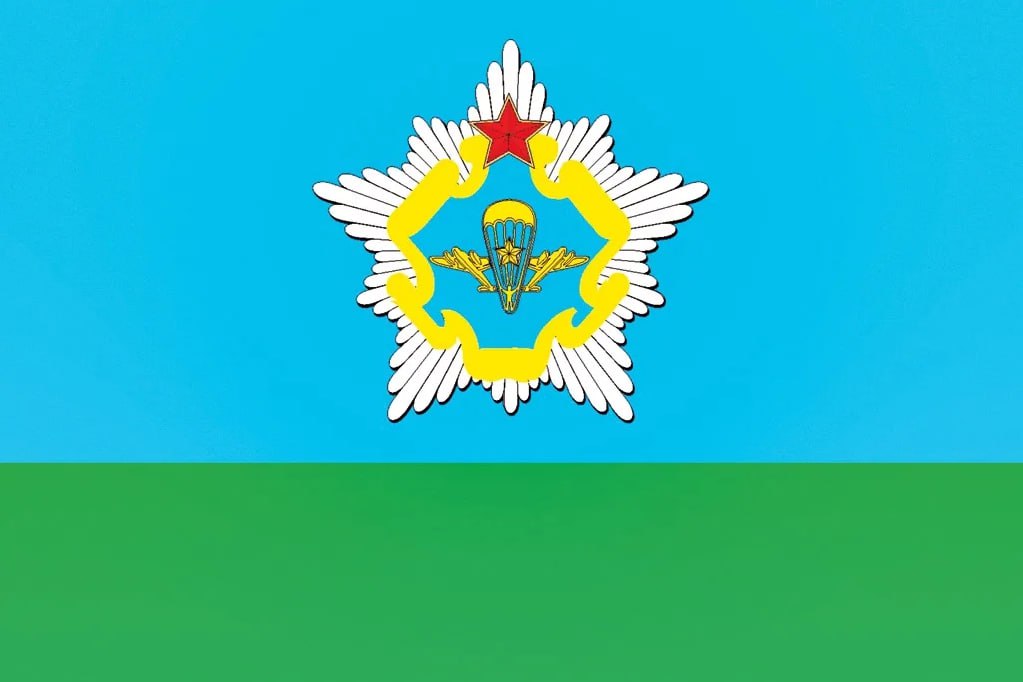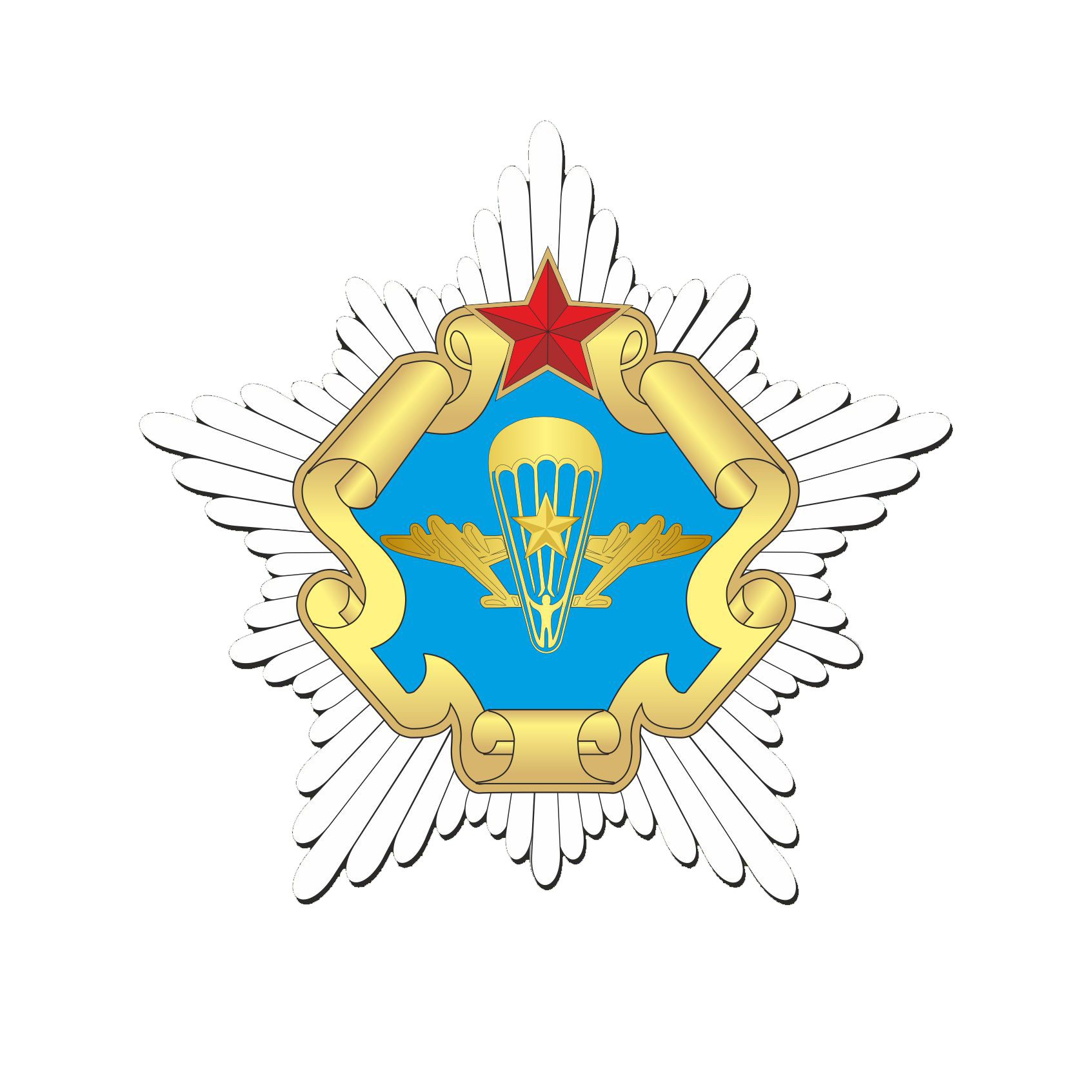- News
-
Armed Forces
- President of Belarus
- Leaders
- Mission
- Organisation
- Air Force and Air Defence
- Army
- Special Operations Forces
- Special Troops
- Military Science
- Organisation
- Education
 Special Operations Forces
Special Operations Forces

History


Historical brief
In the late 1980s – early 1990s, the most battleworthy formations of the Soviet Armed Forces were the airborne ones. As a highly mobile branch of the Army, they were intended to deliver a wide range of operations behind enemy lines. According to the Field Manual, airborne formations were to accomplish multiple tasks both in conjunction with a ground force and independently.
The political changes of the late 20th century and the collapse of the Soviet Union led to the emergence of a number of sovereign states, including the Republic of Belarus. The 103th Airborne Division, 38th Air Assault Brigade and 5th Independent Special Purpose Brigade, deployed on our territory at the time, were included in the Belarusian Armed Forces. The country’s military and political leadership was facing a difficult problem of preserving the formations and reconsidering their tasks. This was determined by the purely defensive nature of Belarus’ military doctrine. As a result they were reorganised into independent mobile brigades and constituted mobile forces. According to relevant regulations of the time, mobile forces were an Army branch, which mission was to support strategic deployment of the Belarusian Armed Forces, disrupt special operations of the enemy and tackle other contingency tasks.
The role of the newly established formations in the Armed Forces was not determined immediately. Initially, in the mid-1990s, their employment was similar to that of combined arms units. During the exercises held in those years mobile forces were mostly applied to conduct defensive and offensive operations and cover separate directions. That way their key advantages like swiftness, high mobility, combat readiness and fighting efficiency were not utilised. In the end, the principal tasks of mobile forces in peace and war time were elaborated, following extensive research in the sphere.
As a result of painstaking work, the mobile formations and the C2 system were further reformed. The first step was dedicated to chain of command reorganisation, making the brigades directly subordinate to the General Staff and establishing a SOF office in its operations directorate. In early 2004, the SOF directorate was set up in the General Staff and the units’ tables of organisation underwent radical changes. This was bolstered by the increasing role played by task forces in contemporary wars. On 1 August 2007, the directorate was transformed into the Special Operations Forces Command.
Presently, the country’s military leadership has well-shaped understanding of special operations and SOF’s employment. Theoretical and practical studies in the area are being carried out and will progress further.
The Special Operations Forces are military units, organised, trained and equipped to perform special missions for achieving political, military, economic and psychological goals.






